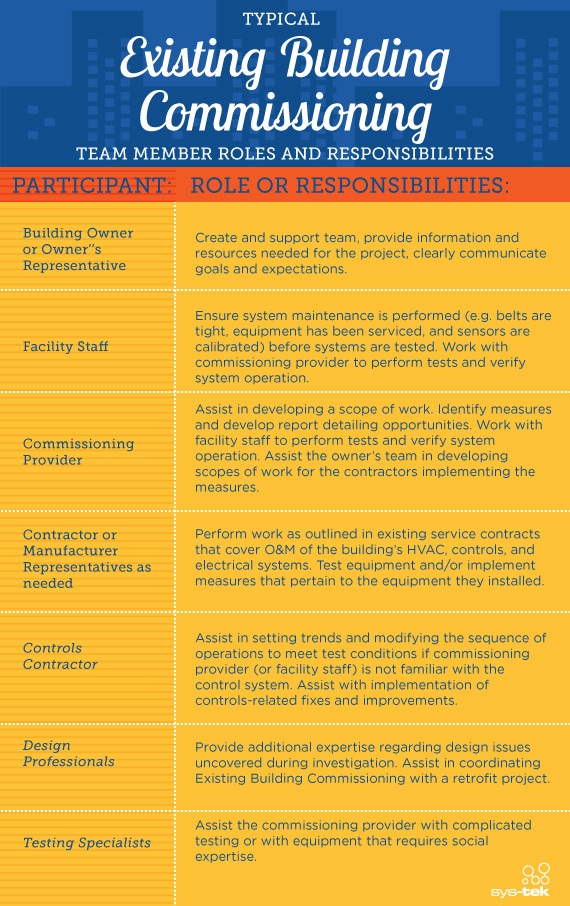No-cost Retro-Commissioning case study findings
Aug 16, 2013
Building owners are sometimes hesitant to embark on a Retro-Commissioning project out of fear of potentially high costs. People often assume that, between the cost of the commissioning agent and the cost to implement the agent’s recommendations, it may take too long to offset those costs with the savings generated by the changes.
While it is true that the planning and investigation phases of the Retro-Commissioning project account for a large percentage of the project costs, recommendations that result from these phases can sometimes be implemented at no cost to the building owner. The following case studies illustrate such examples that building owners were able to implement immediately to reduce energy use and save on related costs.
-
- Sometimes programming errors can have costly consequences. In an Oregon office building, duct heaters were turning on when the outside air temperature was above 70 degrees because the programming lockout statement included an “and” clause that should have been an “or” clause. Such small errors in logic statements can unfortunately lead to years of energy waste if they are not caught. Fortunately for this building manager, the programming error fell under the service contract agreement and was amended at no cost, while the estimated annual savings was $3700.
- Other times, important codes and practices can be lost or forgotten over time, leading to significant energy waste. For example, a corporate office complex in Massachusetts had a system in place to allow individual employees to turn on lights only in their sections of the building when they worked after hours. Unfortunately, those codes had been misplaced, and employees were turning on entire floors of lights when a much smaller section would have sufficed. Once codes were redistributed and signs posted in each area as a reminder to staff, the estimated annual savings was calculated at $45,000.
These errors and wasteful practices might never have been discovered if the buildings had not gone through the Retro-Commissioning process. Changes such as these, which can be implemented immediately and at no cost, can not only help offset the cost of the Retro-Commissioning itself, but help the business plan and budget for additional cost-saving measures identified by the Retro-Commissioning investigation.







